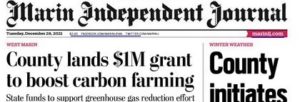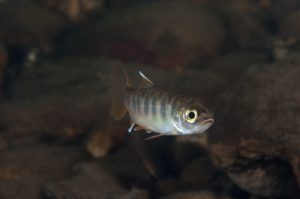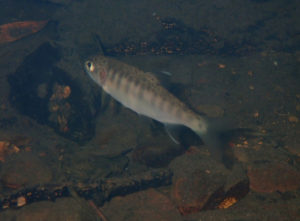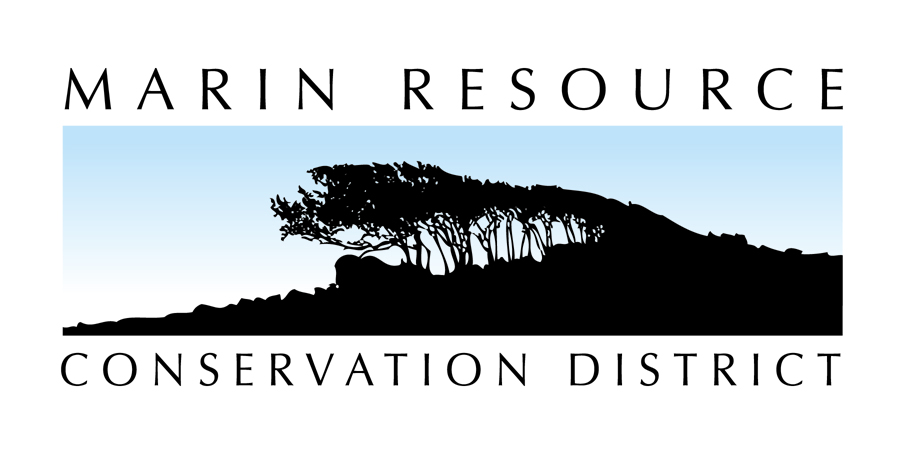News from Marin Resource Conservation District
Find Urban Streams Coordination Program related news here.
June 29, 2024
See Marin RCD Director, Jerry Meral’s Letter to the Editor in the Marin Independent Journal. “Resource Conservation Director Shares Thanks”
February 15, 2023
Marin RCD and partern organizations collaborate with 789 students to plant native vegetation along Stemple Creek. MRCD is managing this project within the Conserving Our Watersheds (COW) program thanks to multiple grants including over $400,000 from the California Department of Conservation: California Drought, Water, Parks, Climate Coastal Protection and Outdoor Access for All Act of 2018. For more information see our partner organization, MALT write up on this exciting event!
September 15, 2022
Major Federal Grant to Support Marin and Sonoma County Climate Smart Agriculture
The U.S.D.A Natural Resource Conservation Service has just announced the tentative award of a multi-million-dollar grant that will provide the Marin Resource Conservation District, Carbon Cycle Institute, Agricultural Institute of Marin, MarinCAN, MALT, UC Cooperative Extensions, Marin and Sonoma counties, and other West Marin and Sonoma county organizations with substantial funds over the next five years. The funds will support carbon farming and other projects on local ranches and farms that will benefit the environment and promote sustainable agriculture. Read Pt. Reyes Light Article Here.
“Agriculture can help improve the health of our carbon pools above and below ground with proper management,” said Nancy Scolari, Executive Director of the Marin RCD. “For example, by increasing soil organic matter by just 1% in our soils, we can not only sequester carbon to combat climate change, but we can also hold 20,000 more gallons of water per acre. That is water that can drain into aquifers, reservoirs, wetlands or be used to sustain food sources.”
The Sonoma-Marin Agriculture and County Climate Coalition project was one of 70 projects competitively selected from a national pool of projects requesting a total of $20 billion, with only $2.8 billion in projects awarded. Scolari said that the early efforts to develop carbon-positive agricultural programs in Marin and Sonoma Counties, along with a dedicated local funding measure, may have helped the Coalition win this award.
The exact amount of the funding has yet to be finalized, but it could be as much as $10 million to be divided between the two counties. The rough estimate of $2 million for West Marin is based on the projects submitted in the grant application. When paired with a recent $1 million dollar grant awarded to Marin RCD’s Carbon Farming Program and Measure A tax revenues, this funding will support a robust carbon farming program in Marin County.
The grant application was coordinated with the Marin, Sonoma and Gold Ridge Resource Conservation Districts, North Coast Soil Hub, UC Cooperative Extension Marin, UC Cooperative Sonoma, Carbon Cycle institute, Agricultural Institute of Marin, MarinCAN, Marin Agricultural Land Trust, Sonoma County Farm Bureau and Marin and Sonoma County offices. They applied collaboratively for the funds to accelerate the planning and implementation of carbon farm plans and to create a regional supply chain that will move us closer to reaching local climate goals. Because of the large amount, Sonoma County was chosen as the fiscal agent for the funding for both Counties.
For further information:
Nancy Scolari, nancy@marinrcd.org, (415) 663-1170, ext. 301
Emilie Winfield, emilie@marinrcd.org
Marin RCD’s New Quarterly E-Newsletter
Past Press
In response to the a recent Fair Political Practices Commission complaint filed by a group of individuals, the Marin RCD has filed the following response to the Commission.
New Techniques on Farms and Ranches will Help Fight Climate Change
The California State Coastal Conservancy has awarded a $1 million grant to the Marin Resource Conservation District to plan and implement carbon farming projects that improve soil productivity, water sustainability, biological diversity, greenhouse gas sequestration for agriculture and watershed resiliency on ranches in western Marin County.
09/22/2022
Marin RCD, Request for Bids, 2 Conserving Our Watersheds Water Quality Projects
09/22/2022
Major Federal Grant to Support Marin and Sonoma County Climate Smart Agriculture. Read Pt. Reyes Light Article Here.
03/16/2022
Marin RCD, Request for Proposal, Project Manager for Marin Biomass Project
01/01/2022
Jeffery Schaub, Marin County will implement carbon farming, KCBS
12/2021
Will Houston, Marin lands $1M state grant for carbon farming projects, Marin Independant Journal. San Rafael, CA.

08/2021
Robin Meadows, Coexisting with Coho During Drought, Bay Area Monitor. Oakland, CA.
“When Bolinas farmer Peter Martinelli decided to help coho salmon by boosting summer water levels in Pine Gulch Creek, which runs through his land, he had no idea that the project would take two decades to complete. Now he’s happy he saw it through. Coho are endangered in most of their California range, and droughts like the one we’re experiencing now are among the biggest threats to these coastal salmon.”
“My grandpa used to say that salmon in the creeks were so thick, you could walk across the top of them,” – Jody Brazil (speaking of Walker Creek)
“Conservation can decrease pressure on agencies to keep water in reservoirs, freeing up more for environmental flows, Every little bit helps. Collectively, our actions will determine whether the Bay Area’s coho disappear or return in abundance to our coastal creeks.” – Sarah Phillips, MRCD Urban Streams Program Manager

Will Houston, Marin creek gets rare visit from endangered salmon, Mercury News. San Jose, CA.
“For more than a decade, biologists dutifully returned each winter in search of endangered coho salmon at a once-thriving stronghold flowing through Point Reyes National Seashore — only to come up empty-handed. That changed this year.”
Although nesting sites were not found at Pine Gulch Creek, one nesting site was found in Pine Gulch Creek, which follows Highway 1 and flows into Bolinas Lagoon. A potential reason why:
“For [National Park Service biologist Michael]Reichmuth the most likely explanation for why a salmon nest was found in Pine Gulch Creek after more than a decade is that some coho were unable to access Redwood Creek because of the drought conditions this winter. A sand berm at the mouth of Redwood Creek at Muir Beach can prevent fish from entering if winter rainfall isn’t enough to generate flows that can break through it…Pine Gulch Creek typically has more water than Redwood Creek, in part because of a program enacted by the Marin Resource Conservation District in 2016. Under the program, three Bolinas farms agreed to forgo their summer water diversions from the creek and instead were given permission to store water in four ponds during the more flush winter months. The intention was to provide fish, especially young rearing coho, more water during the summer months when flows can drop to dangerously low levels in dry years.”

12/2015
George Clyde, The Marin RCD’s work paid off, Point Reyes Light
2014/02/08
Watts, J. 2014. Marin Voice: ‘Carbon farming’ and Marin’s drought. Marin Independent Journal. San Rafael, CA.
MALT Executive Director, Jamison Watts, wrote that practices implemented through the Marin Carbon Project, specifically compost application on rangeland, can help ranchers manage for drought by increasing soil water holding capacity. Marin RCD is one of the many partners working on the Marin Carbon Project.
